*This is the second post about my experience at the Abbey of Gethsemani in Trappist, Kentucky, on July 22-24. A link to the first post is below.
Diary of a Retreatant: Showing Up

I woke at 3:15 to a humid room. I vowed early on not to complain because that’s not helpful. Instead, I grabbed my water, grabbed my laptop, and took to the library to start working on the book. Since I work in Google Drive, I need WIFI, and the library is the only place on all 4,000 acres that has it (in limited capacity, too. It’s only on from 7:30 a.m. to 9:30 p.m.).
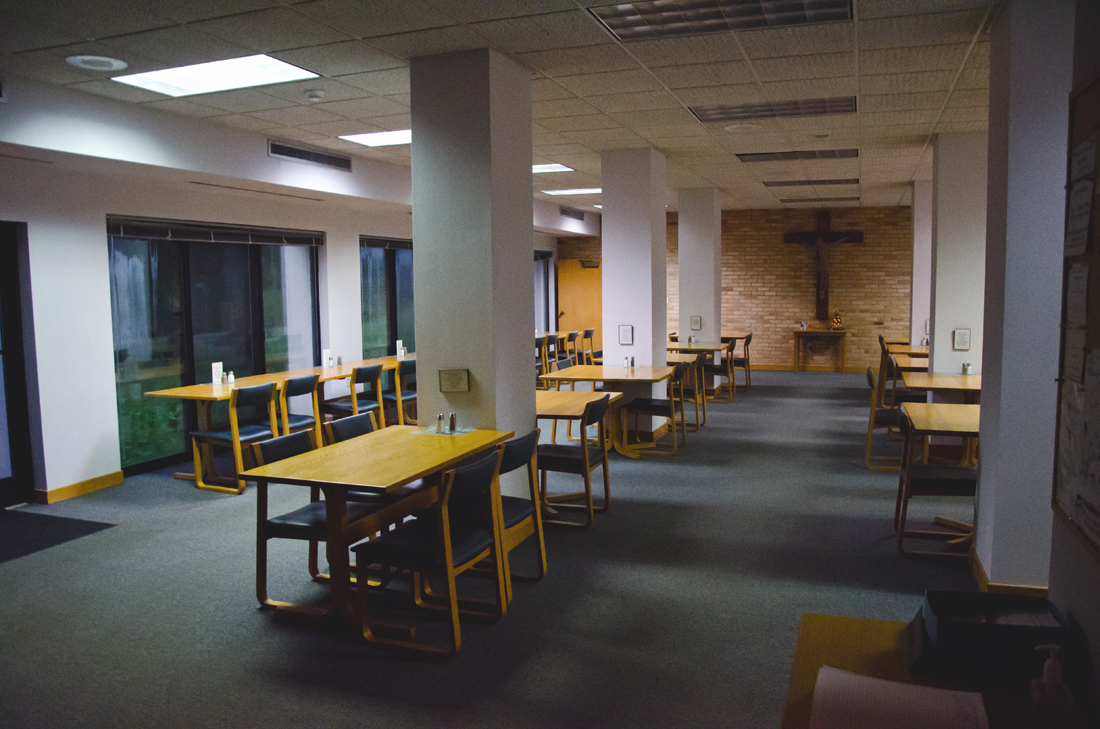
Two hours later, I returned to my room to drop off the computer and then went to the chapel for Vespers at 5:30 p.m. Supper was 30 minutes later: baked beans, grilled cheese, salad. Again, Annette and I sat together but didn’t speak. I worked hard to not let this feel rude. We caught each other’s eyes a couple of times, but that’s it. Afterward, in the elevator, we whispered to one another and decided to walk the grounds with our cameras.
Note to self: Next time you visit the Abbey,
perhaps schedule a time other than
the middle of a very hot and humid summer.
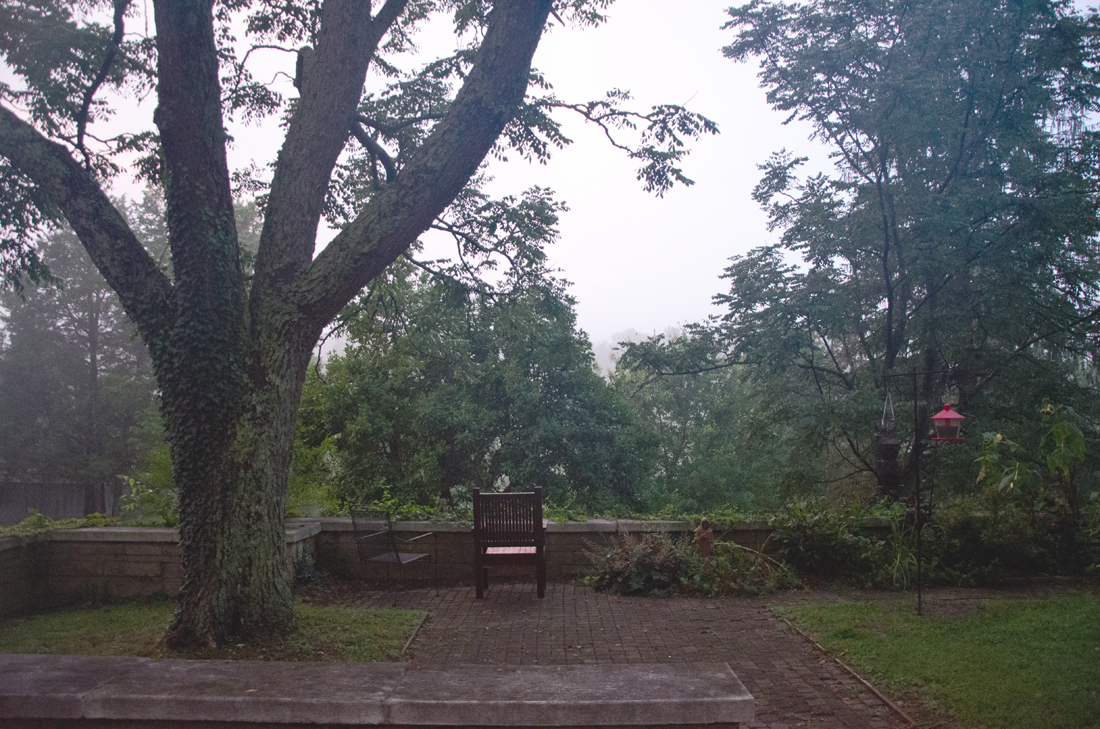
We poured sweat in minutes, and it was then that I asked if she had air conditioning in her room. Yes, she did, and it got quite cold. Then she said that she had to turn on the unit by hand, and that’s when I did an imaginary facepalm. (Yes, I had air conditioning. I just had to turn it on! #winning)
Annette went back inside while I decided to attempt a short hike to The Statues – short because a thunderstorm was coming. We could hear it in the distance. Through the retreatant’s garden I went, stopping first at Thomas Merton’s grave marker. (Upon taking his vows, he became known as Father Louis.)
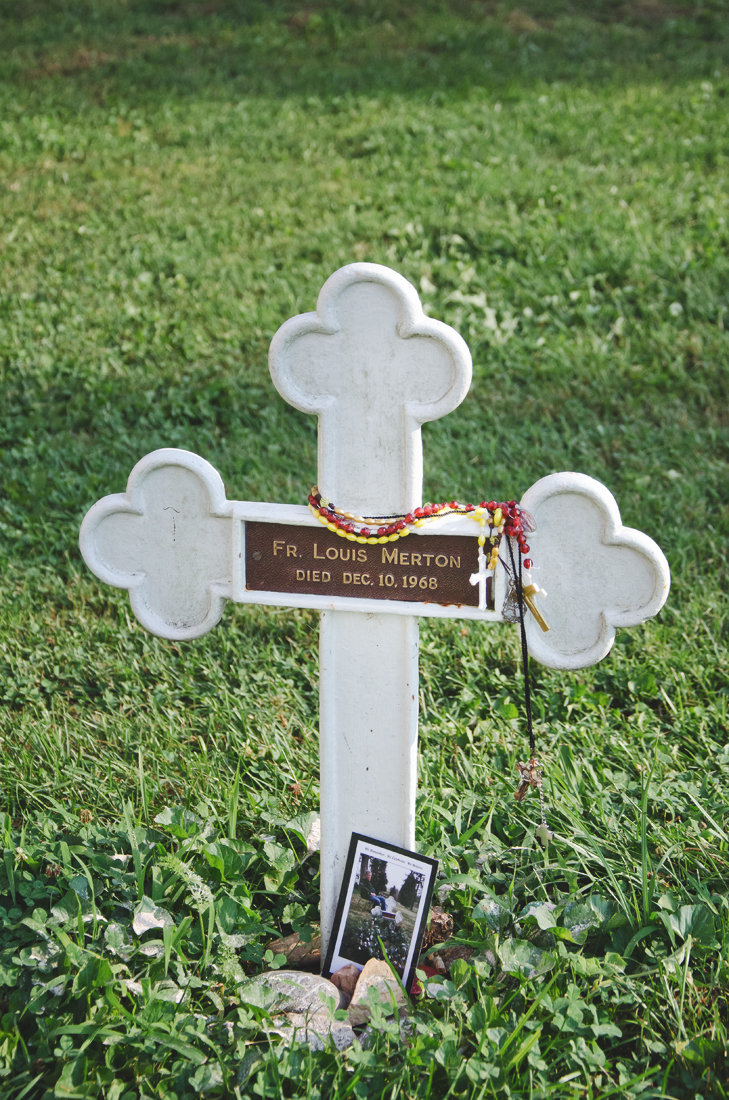
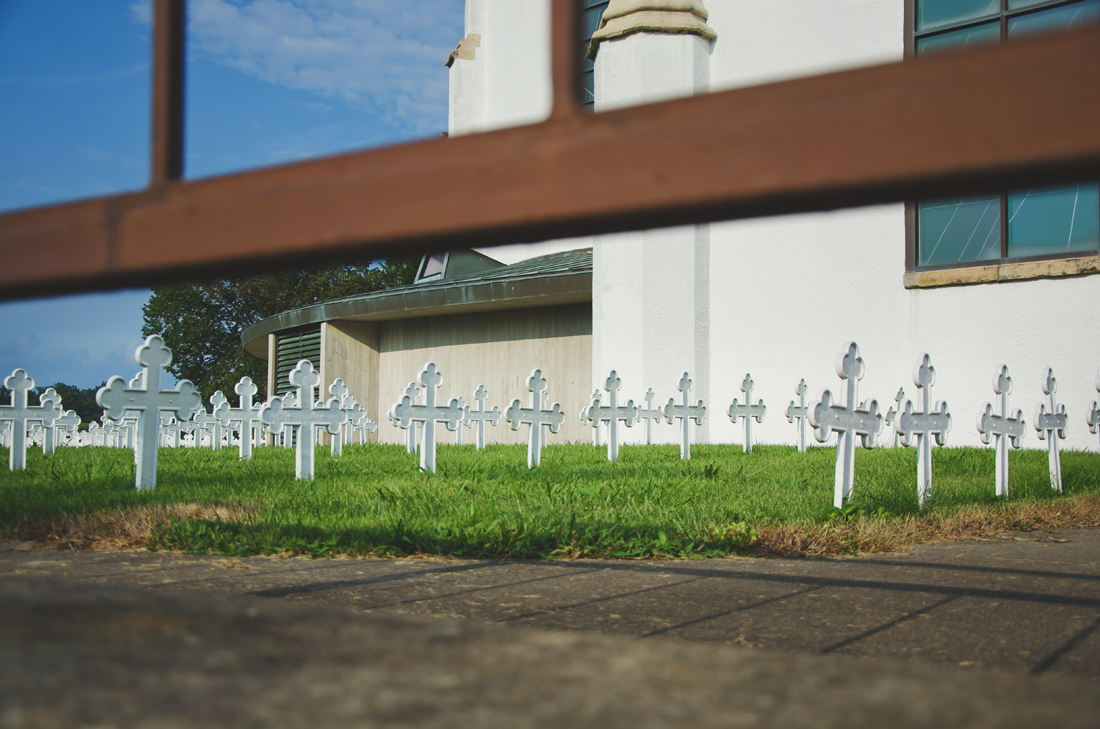
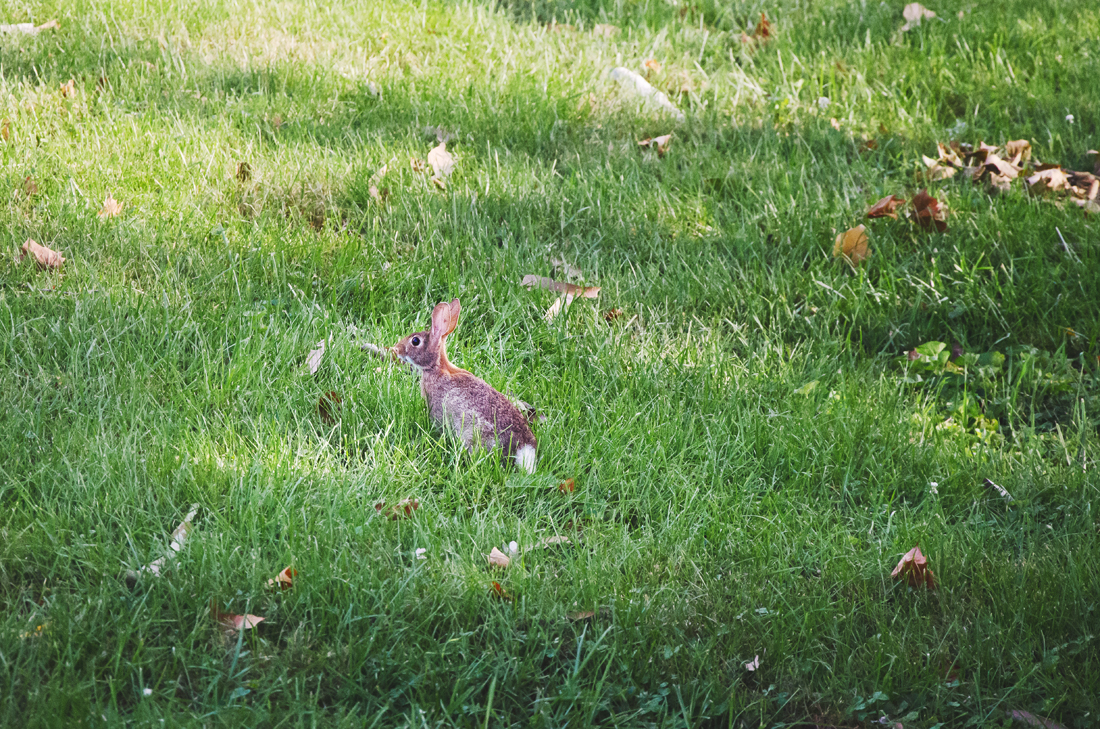
The Statues are significant for a pivotal historical reason. The sculpture group was created by Walker Hancock in the mid-60s to honor the life and sacrifice of Jonathan Daniels, who was shot and killed in Haynesville, Alabama, on August 20, 1965.
Jonathan was an Episcopalian seminary student when Martin Luther King, Jr., made a televised appeal for people to join him Selma to support and secure citizens the right to vote. Jonathan felt the calling on his heart and asked for permission to leave seminary for this specific mission. He was given the go-ahead and was sponsored by the Episcopal Society for Cultural and Racial Unity for his travels.
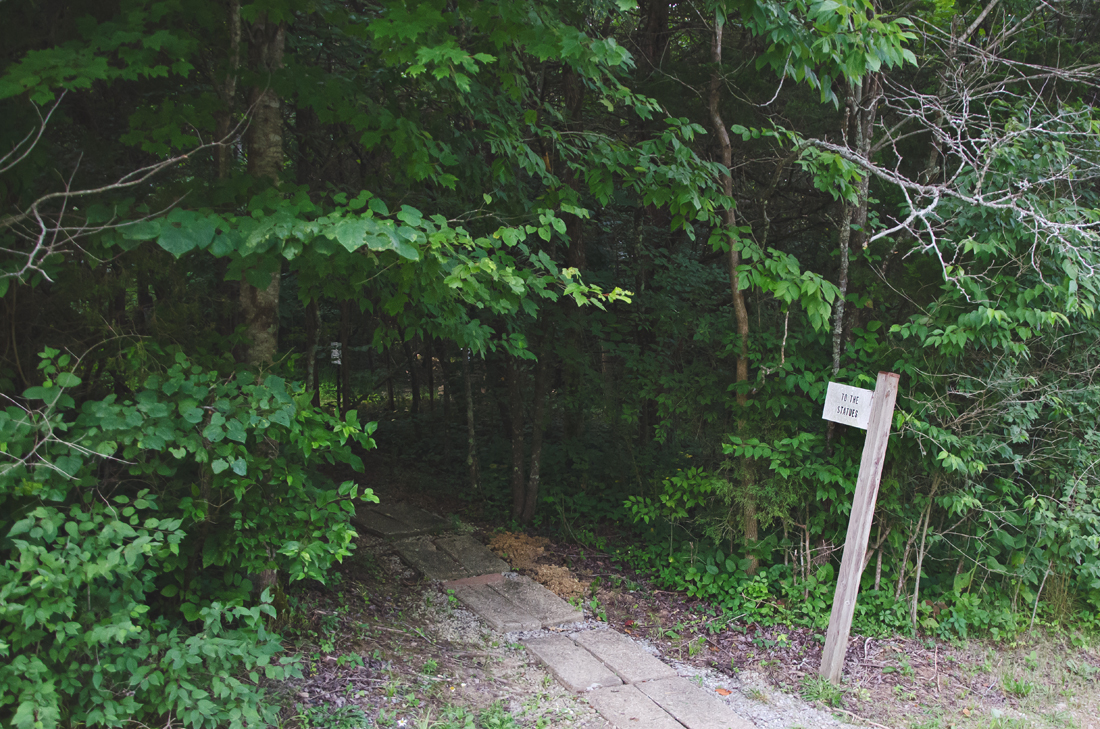


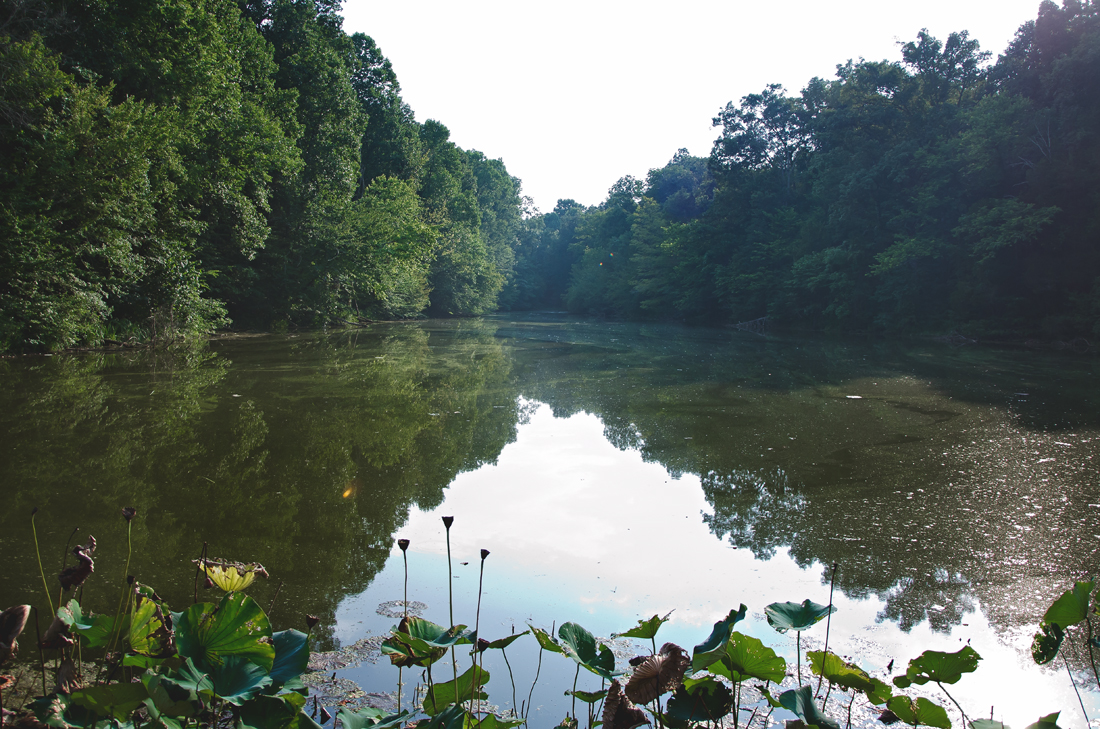
On August 14, Jonathan was jailed for joining a picket line, but six days later he and his companions were released unexpectedly. Knowing they might still be in danger, the group walked together to a small convenience store to buy drinks for fellow picketers, and just as Ruby Sales, a 16-year-old African American girl, approached the steps of the same store, a gunman appeared and threatened her.
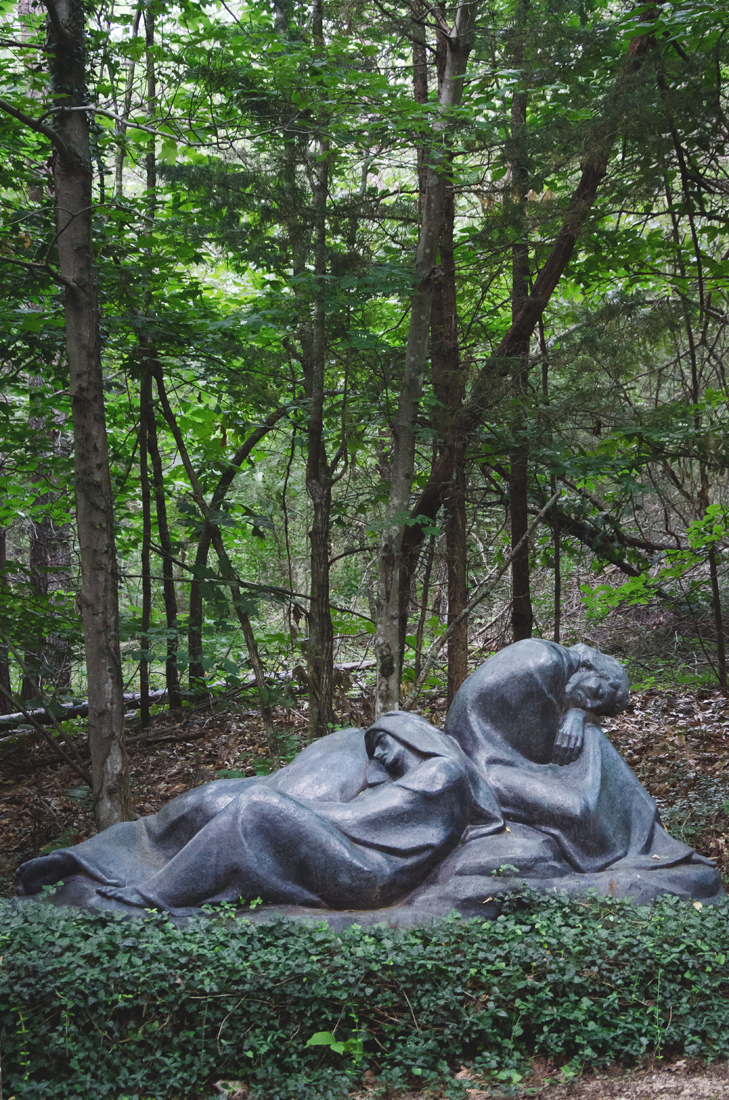
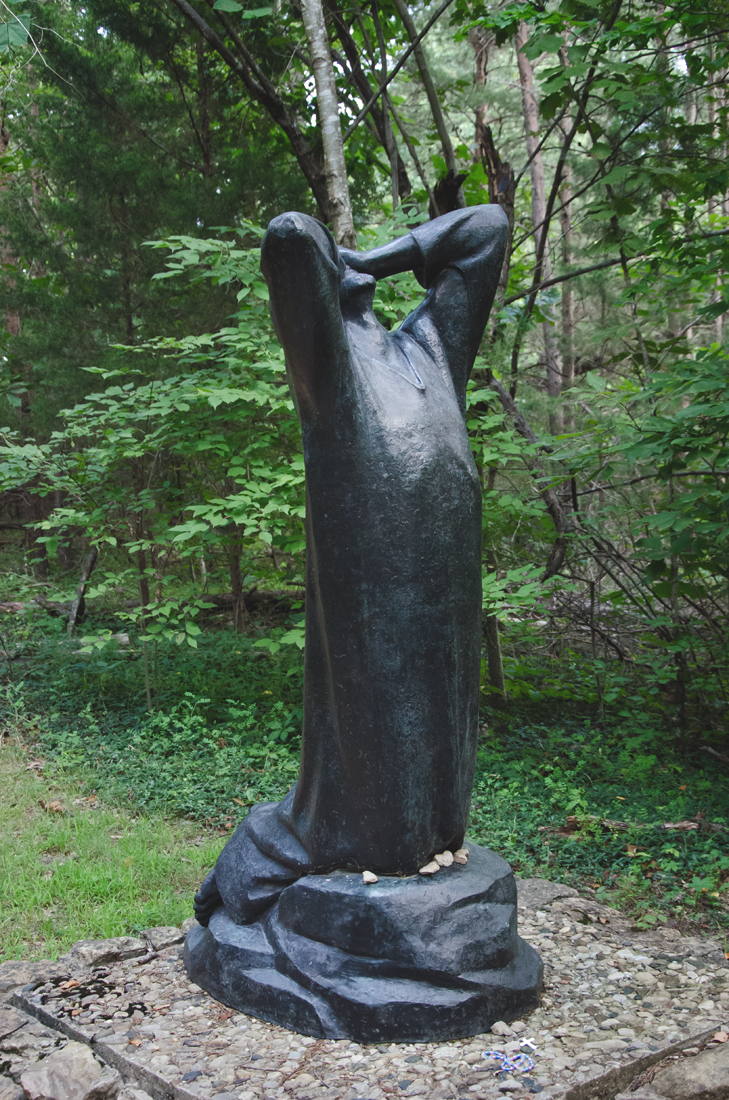
Jonathan pulled Ruby to the side to shield her, thereby taking the full blast of the man’s 12-gauge gun.
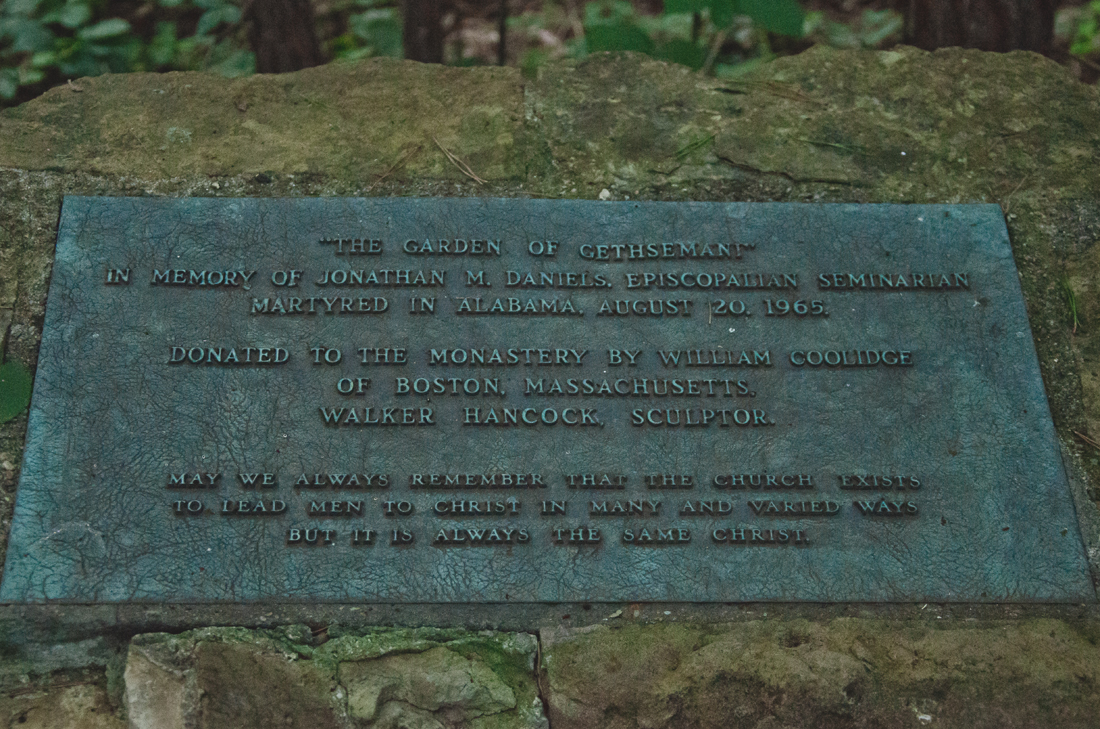

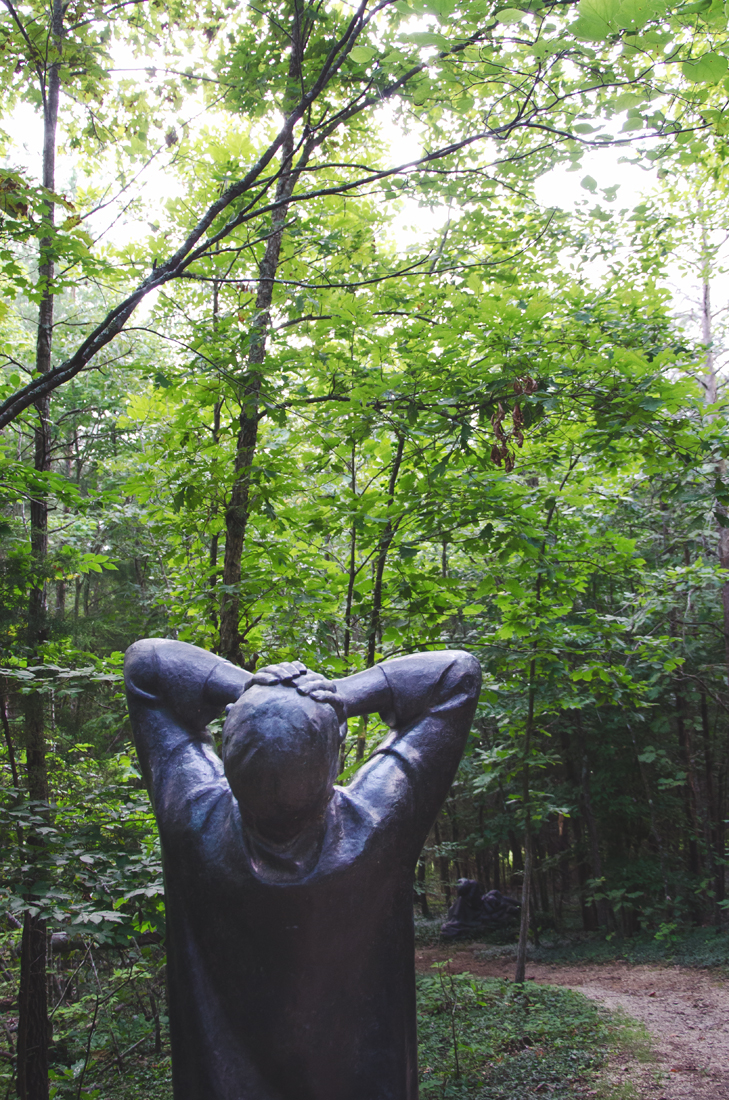
Today, Ruby Sales is the founder and director of the The SpiritHouse Project, among many other accolades. You can read more about her here.
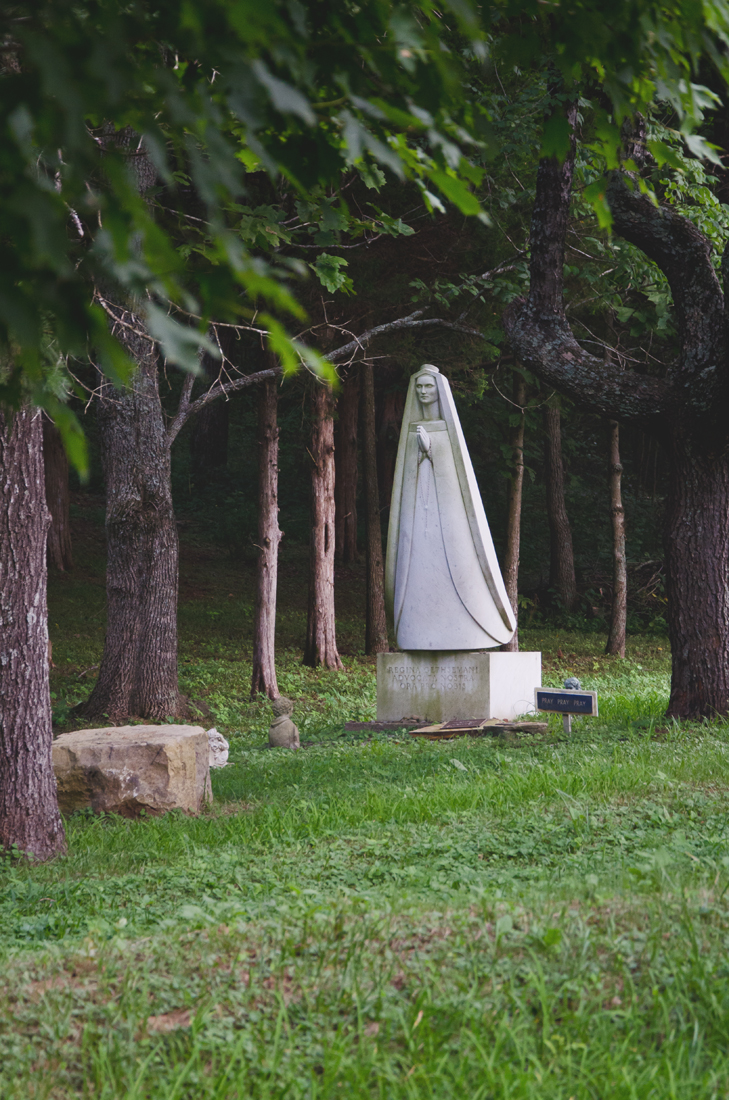
The thunder got louder shortly after I made it to The Statues, a sign that I needed to get back to the Abbey as quickly as possible – a difficult task since I, foolishly, was wearing flip-flops. (Father Seamus was right about the woods being “buggy.”)
I got back to the Abbey before the rain hit and still had plenty of time until the WIFI turned off at 9:30 p.m. Further drenched in sweat, I showered, tied back my wet hair, and returned to the library to write.
The thunderstorm indeed rolled in but we could barely hear it. That place was a fortress.
By 9:30 p.m. I was back in my room and did not know what to do. If I were at home, I thought, I’d be telling the boys goodnight and wrapping up dishes or laundry. Then I’d settle in the den with Chuck to flip channels, watch a movie, or just talk.
But at the Abbey, I had no chores. I had no companion. So after reading a short chapter in a book, I turned off the light and went to sleep.

2 Comments
Comments are closed.